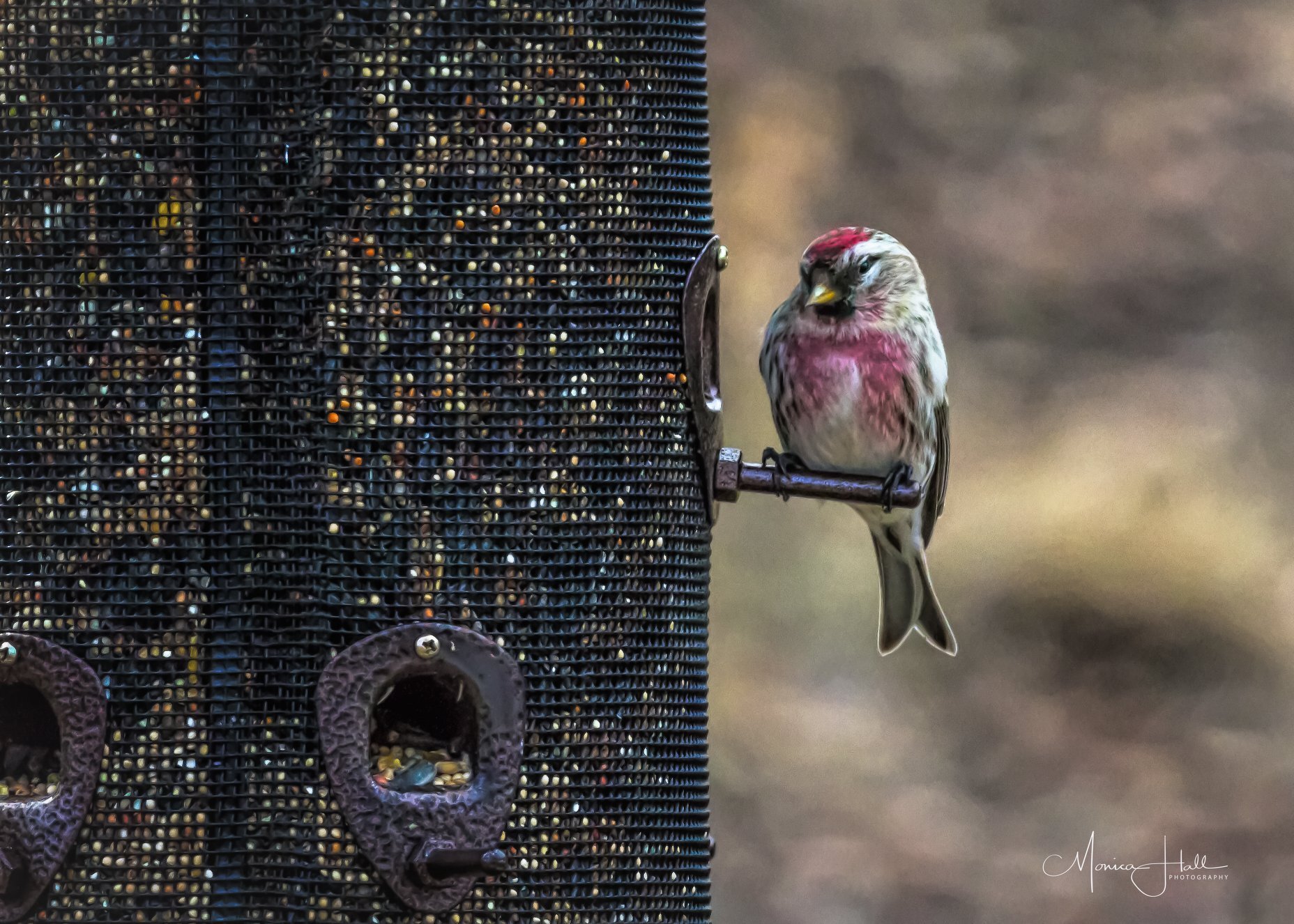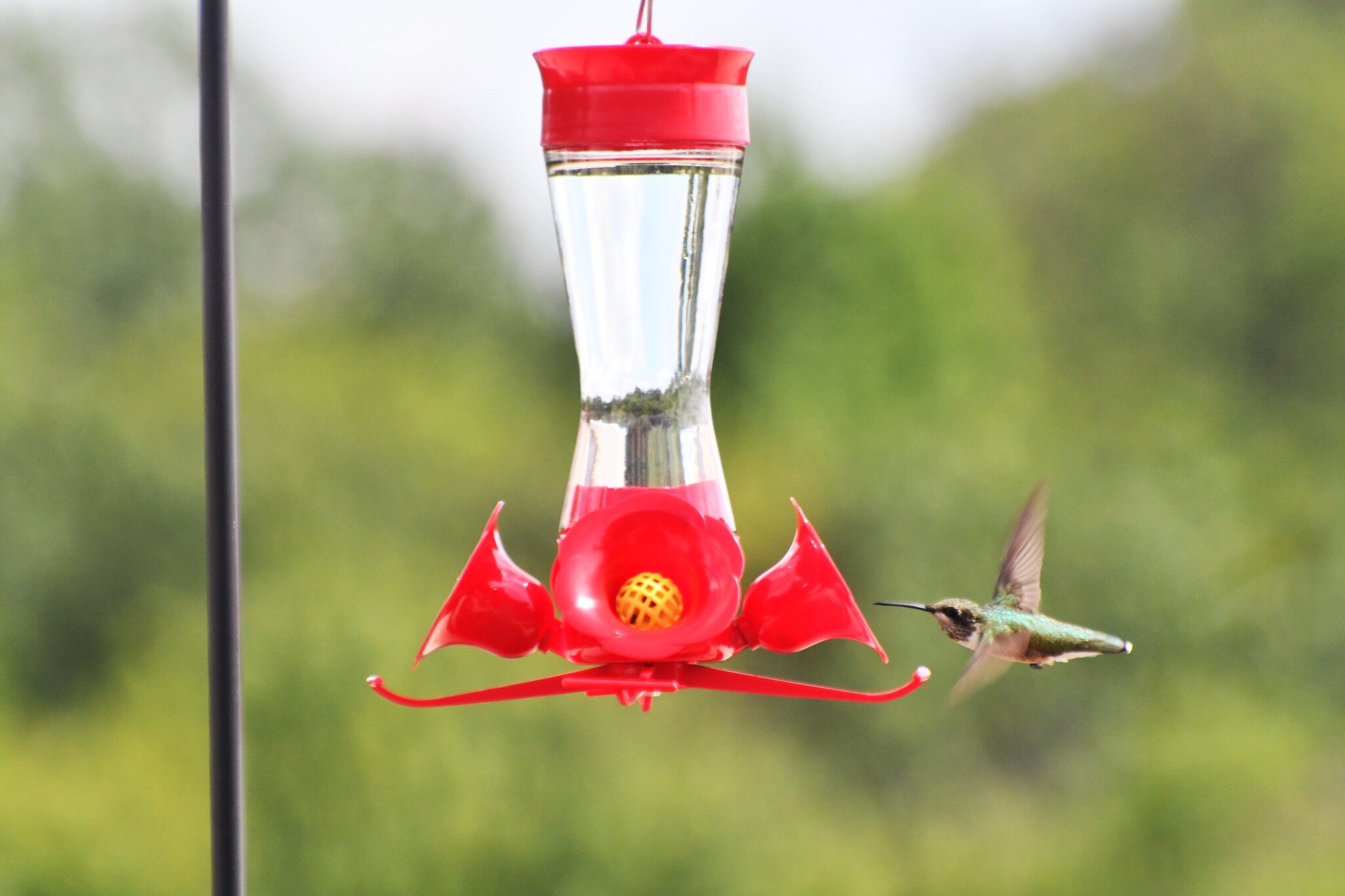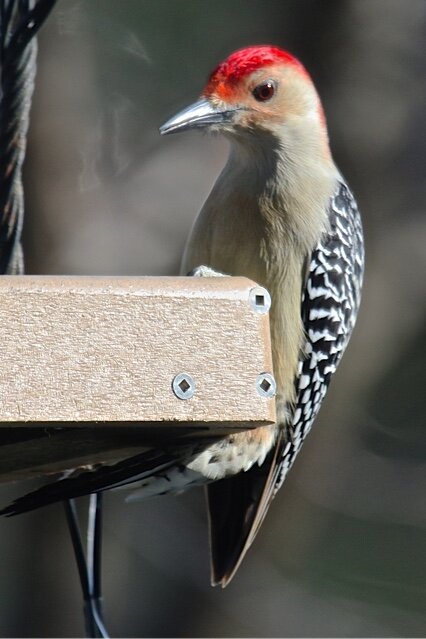My mother- in-law Lucille had a full life before her cognitive functions began their long, cruel departure. Now, she has family who she is mostly restricted from seeing in-person, and… bird feeders.
In this newspaper clip by the Baltimore Sun, Lu is shown carrying her infant son while being escorted by police out of Gwynn Oak amusement park. The caption reads “EVEN BABES — [Lu] happily smiles as she carries her five-month-old baby off to the paddy wagon and jail as a protest against segregation at Gwynn Oak Park.”
Lu participated in civil rights demonstrations in the 1960s, and one of her life’s proudest achievements was being pictured on the cover of the Baltimore Sun during protests for desegregation of the Gwynn Oak amusement park, as she, her professor husband, and 3 sons (including an infant) were escorted by police to spend a night in jail. She tutored inmates as a volunteer, raised three sons who all earned PhDs, read hundreds of books, and remained fit and active her entire life. Now, in her 9th decade, COVID-19 has trapped her in her assisted living facility, dementia has sealed off the detailed memories of a life dedicated to helping others, and confinement and inactivity have pitched her mental and physical health into a rapid and devastating downward spiral.
Like senior citizens across the country, my mother-in-law’s life changed drastically with coronavirus. Activities were stopped or eliminated; interaction with family members is controlled and distanced; sunshine, rain, and sky overhead are rare experiences; hugs and kisses –the most basic physical reminders of love-- are banned. Since COVID, Lu has lost interest in eating, canceled her New York Times because she can’t follow the stories, and repeatedly talked of wanting to die. Sadly, we learned at a recent consultation with doctors that Lu is far from alone in her loneliness. The doctor reported that she talks to 3-5 elderly people each day in Madison who are in similar emotional crises.
One thing that still interests my mother-in-law is her bird feeders.
Lu waves from inside her apartment, with the first attempt at a birdfeeder on her window.
At first, the feeders were not an easy sell. Lu lives on the second floor, and our first attempt—attaching a feeder to her window—was not successful. Birds didn’t come, Lu kept opening the window and knocking the feeder off, and she complained constantly about its presence. We gave up on the window feeder and planted two feeders on posts in a small patch of ground under Lu’s window. The 10-foot wide patch of ground circles the building but lacks any natural surroundings as it abuts a steep wall of boulders dropping off to a strip of landscaping rocks that meet an expansive parking lot. Beyond the parking lot is a weedy field.
It doesn’t look like good habitat to me, even for urban birds.
We filled the two feeders in February and waited.
The birds did not come.
This was a problem, because my mother-in-law hadn’t requested the feeders in the first place and was bothered that they stood out there, unattended, day after day. She asked several times a day why John wouldn’t remove them. Even before her decline, Lu wasn’t a bird watcher, but she was at least politely interested in and supportive of the work that I did. But something about those full feeders standing unused in the snow and cold irritated her.
The two feeders outside of Lu’s window. Photo by Becky Abel
Around May, some mourning doves showed up. Next came house finches. Then red-winged blackbirds. All three are birds she might once have been able to identify, but their names are lost to her now. She started to pay attention though.
She began to fret any time she thought the food had run out, even if it hadn’t. She repeatedly asked when one of us planned to come over to fill the feeders or what would happen if they emptied while we were gone. She switched from wanting John to remove the feeders to worrying about whether one of the feeders wasn’t being used, whether the feeder holes were too small, and always whether there was enough food.
The birds had won her over and have given her a reason to look out the window.
Recently, during a rare time when residents of Lu’s retirement center were allowed to see guests, my husband was in his mom’s apartment straightening things up. On her table, he spotted an article torn from a July Wisconsin State Journal titled “Even Bird Watching can Reveal Racial Issues.” When John asked her about it, she didn’t recall saving, or even reading, the article. But clearly, her lifetime of working for racial justice and her current interest in birds overlapped profoundly enough in the “Central Park Birder” incident to strike a chord and compel her to save the article. Maybe she hoped to discuss the topic with me or John. If so, she forgot about the issues and the intended conversation. But I would like to believe that she was outraged that the healing power of birds she has found could be denied to anyone.
The birds flying into Lu’s view are not species that most bird watchers get excited about. She doesn’t know their names and doesn’t notice their plumage, and those details are irrelevant.
What matters is that three species of birds are moving into and out of the razor thin slice of what is now my mother-in-law’s entire world view. They bring some distraction to the monotony of her confinement and the isolation of COVID. They fly in with sun on their wings, sky above, and a glimpse (and maybe reminder?) of a life lived and living.
Written by Becky Abel, Madison Audubon director of philanthropy
Do you know someone struggling to cope who might also be inspired by birds?
Here are some suggestions for ways to help.
If your loved one still lives at home, offer to take him or her birdwatching, particularly if you’re already in their “bubble” or can manage a socially-distanced outing. Take a stroll through the neighborhood or nearby park. Look for wildlife areas with driving tours or local and county parks with level and paved walking paths. Remember to bring water, a field guide if you have one, and good walking shoes.
Follow the author’s example and set up bird feeders. If the location is a senior living complex, be sure to secure permission first. Wherever the location, commit to filling the feeders regularly when you check on your friend or relative.
Work with the activities director at the retirement community to see if they will set up feeders and bird baths, preferably by a large window. They could also organize window watching activities, lead short bird walks around the complex, or coordinate suet cake making or bird house building and painting sessions.


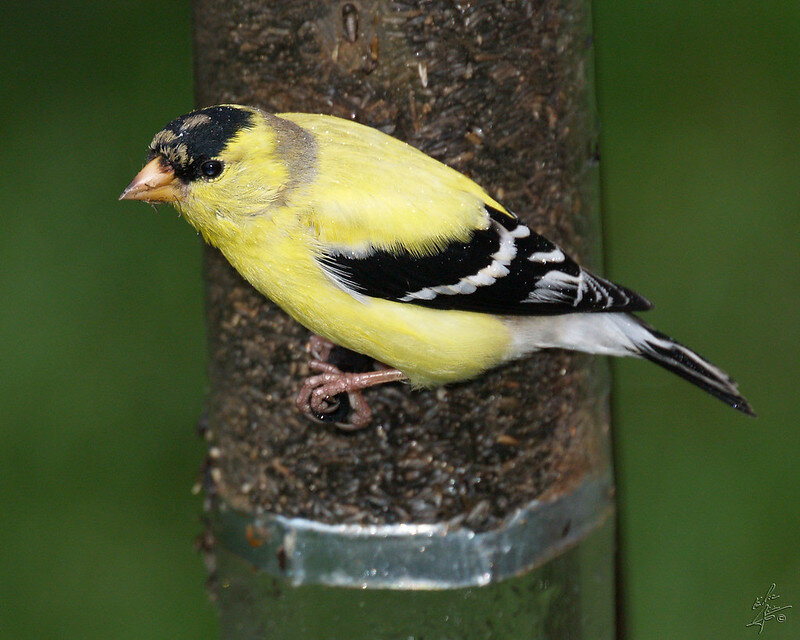
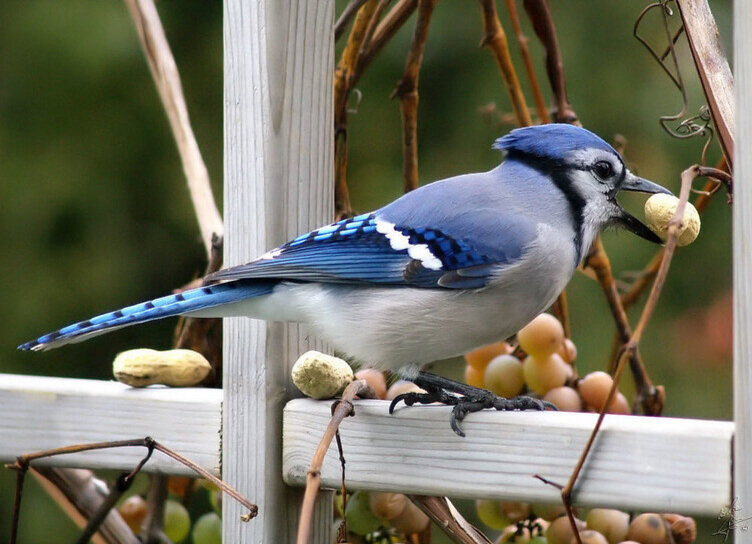
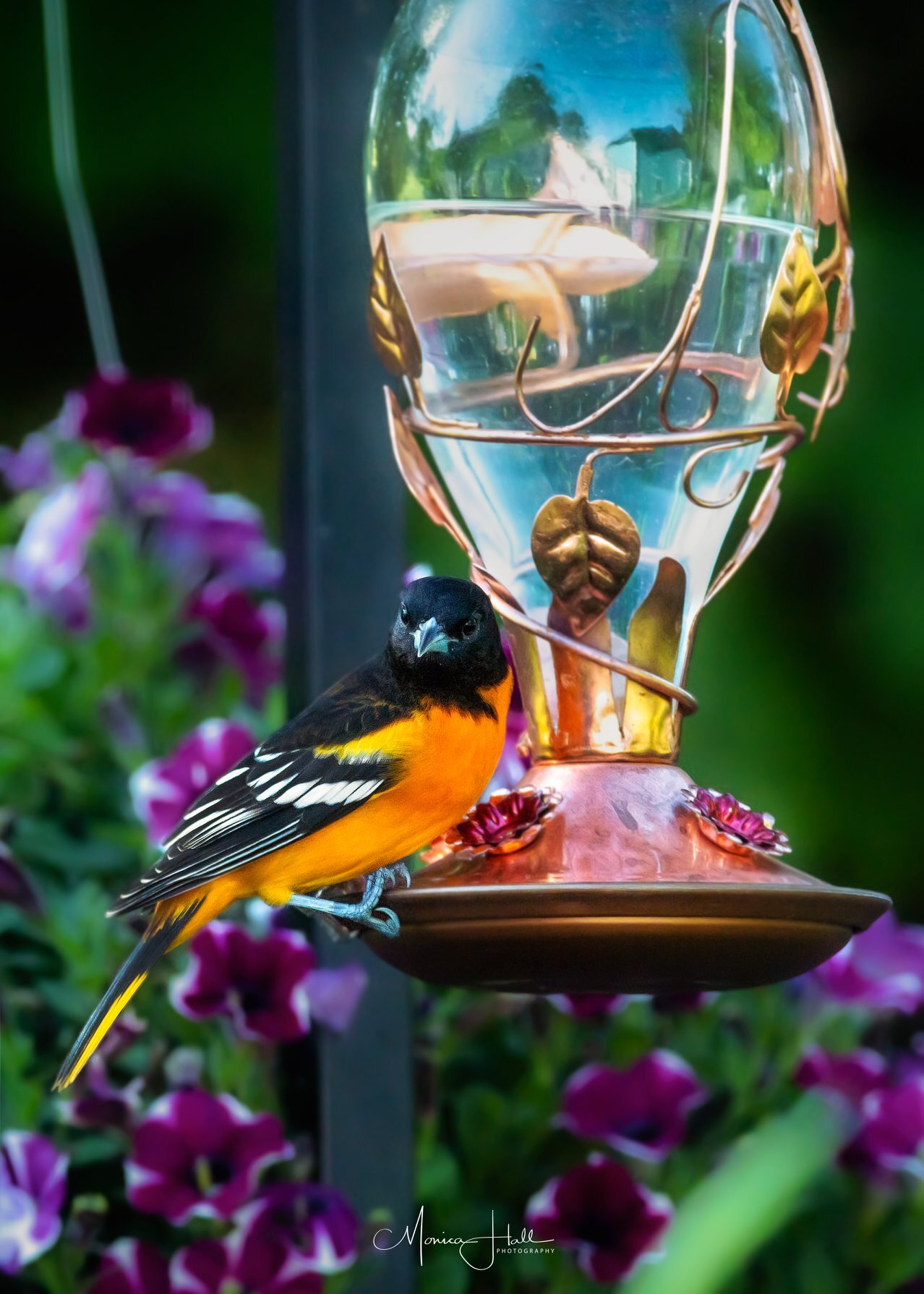
![In this newspaper clip by the Baltimore Sun, Lu is shown carrying her infant son while being escorted by police out of Gwynn Oak amusement park. The caption reads “EVEN BABES — [Lu] happily smiles as she carries her five-month-old baby off to the pa…](https://images.squarespace-cdn.com/content/v1/55c0d7e5e4b05b835010c1f4/1597951622063-J6KQIZA0Q07PGN820T92/image%25252811%252529.jpg)


